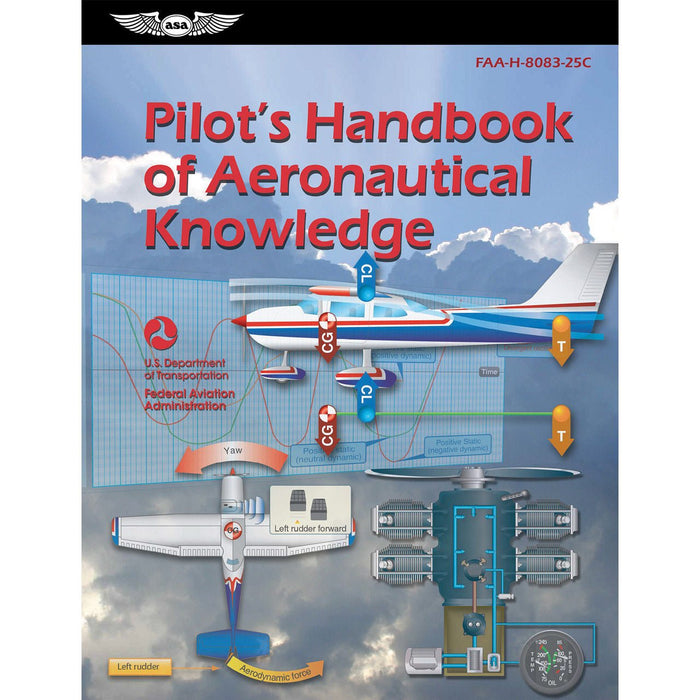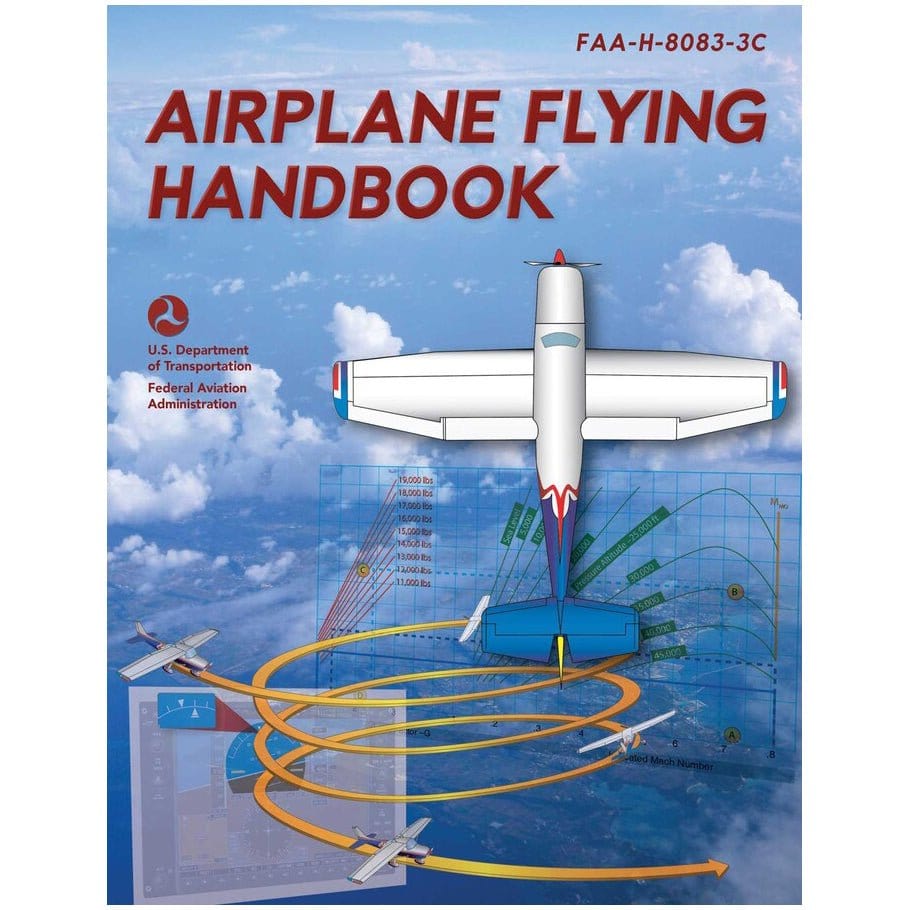Timely communication is critical to safe flight, and one of the ways that the FAA communicates important information to pilots is by using a type of advisory called a NOTAM (Notice to Airmen).
NOTAMs serve as a crucial means of disseminating relevant information regarding aeronautical facilities, services, procedures, and hazards. These notifications are essential for pilots to stay informed and make smart decisions.
There are 9 types of NOTAMs, with each filling a distinct role in the pilot notification system. As a pilot, it is very important to check for and understand the relevance of all applicable NOTAMs in your flight path.
What is a NOTAM?
According to the FAA, a NOTAM, or Notice to Airman, is “a notice containing information essential to personnel concerned with flight operations but not known far enough in advance to be publicized by other means.” The use of NOTAMs was approved in 1947 with the concept being modeled after the Notice to Mariners that alerts ship captains to potential hazards on the water.
What is a NOTAM used for?
A NOTAM communicates an abnormal state of some part of the National Airspace System (NAS). The FAA says this could include “the establishment, condition, or change of any component (facility, service, procedure, or hazard) in the NAS.”

How to read a NOTAM
At first glance, NOTAMs can look like a bunch of gibberish since they are written using a unique language and specialized contractions. When flying in a glass cockpit, your digital devices should be able to decipher the NOTAMs for you, but it is still important to have the skills to read them yourself as well. If you are just learning how to read and understand NOTAMs, the FAA’s NOTAMs Back to Basics: Airports guide is a useful resource.
The First Component of the NOTAM
This is the accountability and number. This indicates what airport, flight data center, or other location is accountable for the contents of the NOTAM.
The NOTAM is also issued a unique identifying number formatted as (MM/NNN) with MM indicating the two-digit month and NNN a unique identifier from 001 to 999.
NOTAM identifiers do not include the year, and this is important to know when reviewing a list of NOTAMs. Search by the current month rather than starting at the most recent and expecting all the NOTAMs to be displayed in chronological order.
The Second Component of the NOTAM
The location identifier immediately follows the identifying number and indicates what facility or location is affected by the contents of the NOTAM.
The Third Component of the NOTAM
This is identifying what type of NAS component is affected by the NOTAM. Keywords like RWY for runway, TWY for taxiway, OBST for obstruction, or NAV for navigation will be used.
Once the type of affected component has been identified, the NOTAM then indicates which specific individual component is impacted by adding an attribute, activity, or surface designator.
- For example, if the component was RWY for runway, the next information listed would be the runway designator of the affected runway. If only a portion of the specific component is affected (i.e. – just one end of the runway), that will be indicated as well immediately after the component attribute.
Now that the pilot knows exactly what individual component is being referenced, the NOTAM relays the condition of that component.
- For example, OPN for open, ACT for active, or CLSD for closed. The person writing the NOTAM has the option to add remarks if needed following the component condition information.
If the indicated condition is not continuous throughout the life of the NOTAM, a schedule will be inserted next listing the dates and times impacted.
The Final Component
Finally, the NOTAM will have a start and stop date and time indicating its period of validity. This is communicated in UTC with a 10-digit date and time grouping in the following format: YYMMDDHHMM.

9 Types of NOTAMs
There are 9 types of NOTAMS pilots can encounter. They are:
1. Class I NOTAMs
A Class I NOTAM is an ICAO NOTAM which is distributed by means of telecommunication rather than publication.
2. Class II NOTAMs or Published NOTAMs
A Class II NOTAM is a type of ICAO-format NOTAM which is distributed by a means other than telecommunications. In the United States, Class II NOTAMs are distributed every 28 days via publication in the Notices to Airmen Publication (NTAP).
3. International NOTAMs
International NOTAMs are intended for distribution to more than one country. In the United States, the FAA has access to some but not all types of international NOTAMs. International NOTAMs stored in the United States NOTAM System (USNS) in the International Civil Aviation Organization (ICAO) format are accessible as are those published in the NTAP under the International NOTAMs section.
It is important to note that pilots flying internationally must specifically request International NOTAMs as they are not included in the regular flight service briefings.

Two types of International NOTAMs that pilots may encounter are SNOWTAMs and BIRDTAMs. According to the ICAO, a SNOWTAM is:
“a special series NOTAM given in a standard format providing a surface condition report notifying the presence or cessation of hazardous conditions due to snow, ice, slush, frost, standing water or water associated with snow, slush, ice, or frost on the movement area.”
SNOWTAMs are valid for up to 8 hours or until a new updated SNOWTAM is issued. A new SNOWTAM may be issued prior to the standard 8-hour interval if there is a significant change in the runway surface conditions and a new Runway Condition Report (RCR) is received.
The Aeronautical Fixed Telecommunication Network (AFTN)
AFTN releases a BIRDTAM notification when there is a fairly great, great, very great, or extremely great risk of bird activity in a certain area. The BIRDTAM advises the time frame of the activity, the intensity level, the affected geographic area (using grid reference), and whether the birds are at low or high altitude. BIRDTAMs were originally developed for military service aircraft in northern Europe, and BIRDTAM coverage is still limited to that area.
4. Domestic NOTAMs
A domestic NOTAM is issued in the United States and distributed primarily in the U.S. and sometimes Canada as well. Domestic NOTAMs are released using FAA rather than ICAO formatting.

5. Civil NOTAMs
Any NOTAM that is not part of the military NOTAM system is considered a civil NOTAM.
6. Military NOTAMs
A NOTAM which is issued for military airspace, military airports, or through the military NOTAM system is considered to be a military NOTAM.

7. FDC NOTAMS
A Flight Data Center or FDC NOTAM is a regulatory type of NOTAM. Regulatory NOTAMS like temporary flight restrictions (TFRs), changes to an airway, or modifications to an instrument approach procedure are all Flight Data Center NOTAMs.

8. Center Area NOTAMs
In some cases, the contents of an FDC NOTAM impact more than one airport. In this case, the NOTAM will be categorized and located as a Center Area NOTAM under the Air Route Traffic Control Center (ARTCC) that controls the airspace. For this reason, it is important that pilots check for both FDC and Center Area NOTAMs so that nothing is missed. Temporary flight restrictions that cover a larger area and multiple airports are one example of a Center Area NOTAM.
9. NOTAM(D)s Including (U) and (O) NOTAMs
The final category of NOTAMs are NOTAM(D)s. The “D” stands for “distant,” and indicates a type of NOTAM that is being distributed both locally and to an area beyond the jurisdiction of the local FSS or ATC. A NOTAM(D) can be either a type (U) or type (O).
A (U) NOTAM comes from an unofficial source and is not verified by an airport manager prior to distribution. A type (U) can only be released at airports whose management teams have signed a letter or agreement authorizing such NOTAMs. Type (U) NOTAMs can be issued for things like an abandoned vehicle on a runway.
A type (O) NOTAM is a catch-all for any other aeronautical information which does not fall under another NOTAM category but is still deemed useful for aircraft operations.
Like International NOTAMs, NOTAM(D)s are not typically included in a briefing unless the pilot requests them.
Additional Types of NOTAMs
- Special Activity Airspace (SAA) NOTAMs: an alert issued when the airspace is being used at a different time than what is normally posted
- Pointer NOTAMs: signals attention to another NOTAM. The aim of this NOTAM is to draw attention to important aspects that should not be overlooked.
Takeaways
The FAA communicates to pilots through the use of the Notice to Airmen (NOTAM). NOTAMs can be issued for many reasons and they provide important information on an abnormal state of some part of the National Airspace System.
Since NOTAMs are written using a unique language and specialized contractions, if you will be manually reading a NOTAM, it is important to review the FAA NOTAM Contractions Manual.
NOTAM contractions are also listed in the appendix to supplement the useful information in the Pilot’s Handbook of Aeronautical Knowledge.










1 comment
mansoor ahmed
You content is quite informative and presently we are receiving NOTAM and working at Closed RWY and TWY